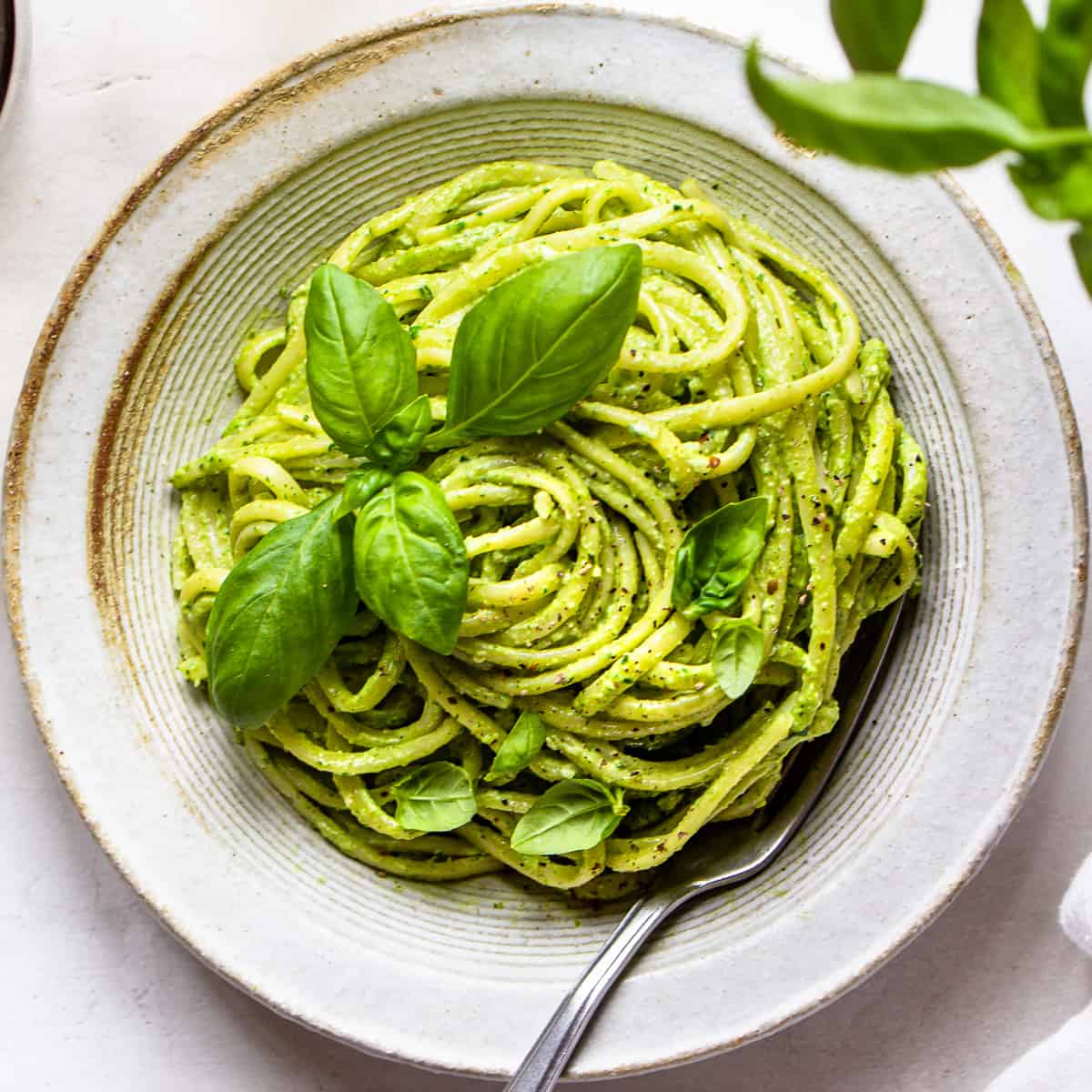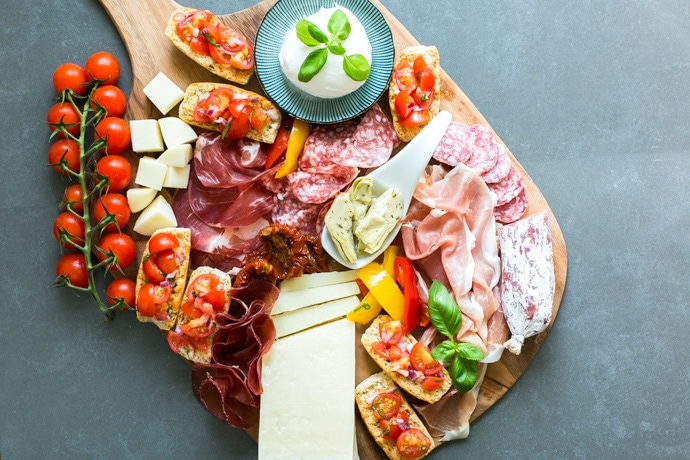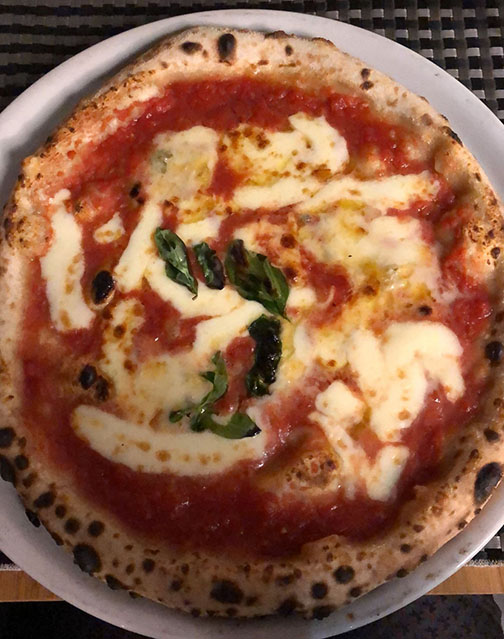As an exchange student from Italy, one of the things I miss most about my home is the food, but one of the things I find most interesting about my new home is also the food. How does Italian cuisine compare to American versions of it?
1. Neapolitan pizza versus “American” pizza
Neapolitan pizza is one of the icons of Italian cuisine. Its simplicity is almost a manifesto of Italian gastronomy: a thin and crunchy base, fresh tomato, buffalo mozzarella, basil and a drizzle of olive oil. Each ingredient is chosen for its quality and freshness, and the cooking takes place in a wood oven, which gives that unique and inimitable taste. Pizza, in Italy, is a gastronomic experience, where quality surpasses quantity.
In America, however, pizza has evolved into multiple forms. American pizza, unlike Italian pizza, is more oriented towards “personalization” and abundance, with an infinite variety of toppings and ingredients.
2. Pasta
Italian pasta is a symbol of tradition and quality. Each region has its own recipes and types of pasta with a strong focus on simplicity and the use of fresh, wholesome ingredients. It is generally served with light and delicate sauces. Preparation is often an art, with great attention to cooking, a concept that is almost sacred in Italy. The most famous Italian pastas are pasta with pesto, pasta with sauce, carbonara, ragu, amatriciana, and cacio e pepe.
American pasta: In the United States, pasta is more influenced by comfort food culture and tends to be richer and more filling. Portions are generally larger and sauces are heavier, such as mac and cheese or pasta with creamy sauces and cheeses. Pasta, often used as a single dish, can also be transformed into variations such as baked dishes, where the pasta is overcooked and the consistency cannot be distinguished, therefore in general much more elaborate than the Italian tradition.

 .
. 
3. Ice Cream
Italian ice cream is one of the most popular gastronomic wonders in the world. Its creaminess, its natural flavor and the variety of flavors are the result of an artisan tradition that has its roots in the centuries. In Italy, ice cream is not just a dessert, but a moment of pleasure enjoyed in company, perhaps while walking along city squares.
In the United States, however, the dessert is often more abundant and rich, as in the case of cakes and cupcakes. Apple pie, cheesecake or chocolate brownie are symbols of an American tradition that loves to immerse itself in intense flavors. American desserts, often high-calorie, and in much larger packages, are prepared to satisfy the most greedy palates and represent a more “decadent” experience than Italian ice cream, which is fresher and more delicate.


4. Snacks
American snacks are synonymous with abundance and variety. In the United States, snacks are convenient, packaged and often high-calorie, designed to be consumed at any time of the day. There are infinite numbers of them, of all shapes and flavours: chips, bars, granola bars, popcorn… with a strong focus on strong flavors and a quick satisfaction of hunger. Italian snacks tend to be simpler and based on fresh ingredients, such as focaccine, taralli, breadsticks and sandwiches filled with fresh ingredients. Product quality and natural flavor are often in first place, with a moderate use of sugars and preservatives.


Italian cuisine is characterize by its authenticity, the quality of the ingredients and the simplicity of the dishes, which characterizes regional traditions. In contrast, American cuisine is a mix of a different cultural influences, with hearty, fast and often heavier dishes. While Italy focuses on seasonality and tradition, the United States explores new combinations and culinary innovations. In both cases, food remains a central element of pleasure.









































